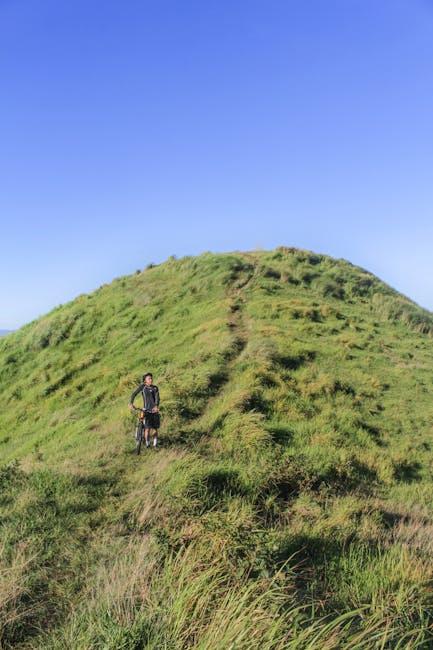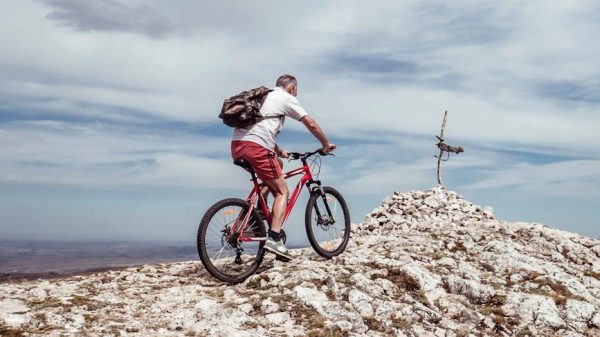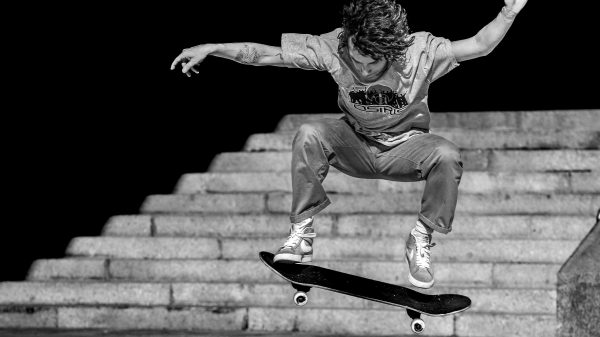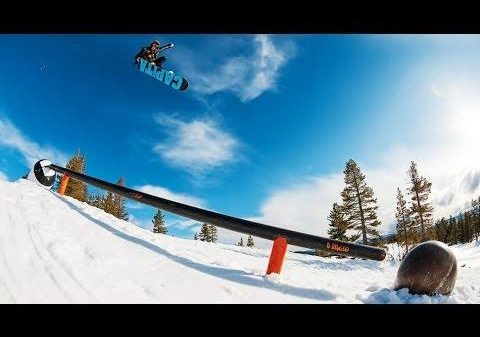Trail riding on a mountain bike is an exhilarating adventure that combines the thrill of speed with the serenity of nature. Whether you’re a novice rider just starting to explore off-road paths or an experienced cyclist looking to enhance your skills, mastering the essential techniques of trail riding can significantly elevate your experience. This article will guide you through the fundamental skills necessary to tackle diverse terrains with confidence and agility. From perfecting your balance and control to understanding the nuances of trail etiquette, each skill contributes to a safer and more enjoyable ride. So, gear up with optimism and enthusiasm as we embark on a journey to transform your trail riding into a truly rewarding outdoor pursuit.
Mastering Balance and Control on Rugged Terrain
When venturing onto rugged trails, mastering balance and control becomes paramount. The key is to develop an intuitive connection with your bike, allowing you to navigate obstacles with confidence. Focus on maintaining a centered position over your bike, which ensures better stability and responsiveness. By keeping your elbows and knees slightly bent, you create a natural suspension system, absorbing shocks and maintaining momentum over uneven ground.
- Engage your core: A strong core provides the foundation for effective balance and control. Incorporate exercises that enhance your core strength into your training routine.
- Look ahead: Anticipate the trail by looking several meters ahead. This foresight helps you prepare for upcoming obstacles and adjust your position accordingly.
- Brake with precision: Use your brakes judiciously. Apply both front and rear brakes smoothly to avoid skidding, especially on loose surfaces.
- Practice weight shifting: Learn to shift your weight back when descending steep sections and forward when climbing. This technique enhances traction and stability.
By integrating these techniques into your trail riding practice, you’ll enhance your ability to tackle rugged terrain with agility and ease, transforming challenging trails into exhilarating adventures.

Enhancing Your Climbing and Descending Techniques
Mastering the art of both climbing and descending on a mountain bike can significantly enhance your trail riding experience. When tackling ascents, focus on maintaining a steady rhythm and a controlled pace. Shift your weight slightly forward, keeping your chest low and elbows bent, to ensure maximum traction on the rear wheel. Remember to keep your cadence smooth and consistent, shifting gears proactively to match the terrain’s demands.
Descending, on the other hand, is all about balance and control. Stay relaxed and keep your body loose to absorb the trail’s bumps and dips. Lower your center of gravity by standing on the pedals with a slight bend in the knees and elbows. This position not only offers better control but also helps in managing speed effectively. Here are a few additional tips for both climbing and descending:
- Look ahead and anticipate obstacles to choose the best line.
- Engage your core to maintain stability and balance.
- Practice braking techniques to ensure smooth and controlled stops.
- Trust your bike’s capabilities and let it flow through the trail.

Choosing the Right Gear for a Seamless Ride
When it comes to trail riding, having the right gear can make all the difference between an exhilarating adventure and a bumpy ride. Start with the essentials: a sturdy helmet, protective gloves, and moisture-wicking clothing to keep you comfortable and safe. Don’t forget to invest in a quality pair of mountain biking shoes that offer grip and support on uneven terrains.
- Helmet: Look for one with a snug fit and adequate ventilation.
- Gloves: Choose full-fingered for better protection against branches and falls.
- Clothing: Opt for breathable, quick-drying materials.
- Shoes: Consider ones with stiff soles for improved power transfer.
Beyond the basics, consider equipping your bike with a dropper post for easier maneuverability on steep descents, and tubeless tires to reduce the risk of flats. A reliable multi-tool is also indispensable for on-the-go adjustments. Remember, the right gear not only enhances performance but also boosts confidence, turning every ride into a seamless experience.

Building Confidence Through Practice and Exploration
To truly excel in mountain biking, it’s essential to embrace the power of practice and exploration. Every trail offers a new opportunity to hone your skills and build the confidence needed to tackle more challenging terrains. Begin by familiarizing yourself with the basic techniques on easier trails before venturing into more complex routes. This gradual approach not only solidifies your foundational skills but also helps in understanding the nuances of different landscapes. Remember, confidence isn’t built overnight; it’s a continuous journey fueled by curiosity and persistence.
- Experiment with Different Trails: Each trail presents a unique set of challenges. Exploring a variety of trails will expose you to different obstacles and scenarios, enhancing your adaptability.
- Set Personal Milestones: Celebrate small victories along the way. Whether it’s mastering a tricky turn or completing a challenging descent, acknowledging your progress boosts morale.
- Learn from Each Ride: Reflect on each ride to identify areas for improvement. Embrace mistakes as learning opportunities and adjust your techniques accordingly.
- Seek Feedback: Ride with experienced bikers who can offer constructive feedback and share tips to improve your skills.
With each ride, you’ll find that the blend of practice and exploration not only refines your abilities but also deepens your appreciation for the sport. Embrace the journey, and let every trail become a stepping stone to greater confidence and mastery.










